History of Peshawar
Peshawar, one of the oldest cities in Asia and the capital of Khyber Pakhtunkhwa is spread over an area of 1257 km2 and has a population of 1,970,042.The name Peshawar has been derived from the Sanskrit word meaning "City of Men".
Peshawar sits at the eastern end of the Khyber Pass, which has been used as a trade route since the Kushan era approximately 2000 years ago.
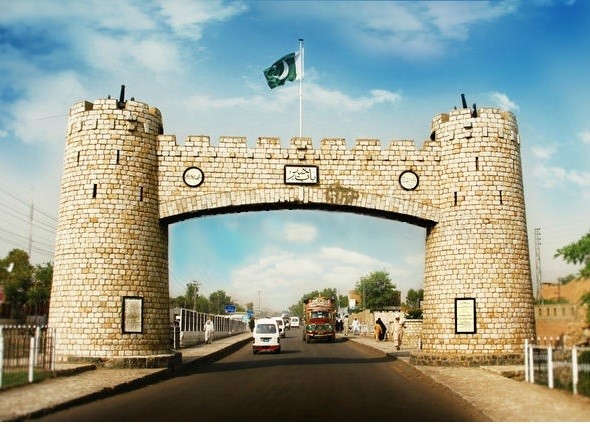
The area basically belonged to the Gandhara and eastern Iranian tribes. For a brief period of time it also saw Greek dominance after which the Arab conquest took place and Islam came to the rise. .It has moderate climate and its production of silks, handicrafts; cotton textile, footwear etc provide a stable economy. Not only does it serve as a link between Pakistan and Afghanistan benefiting trade but it is rich in history and culture which makes it a favorite hometown for most of its people.
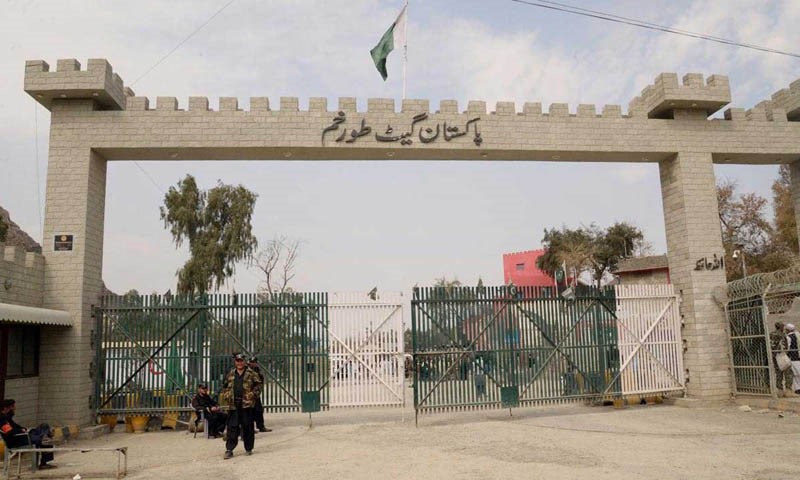
It has all kinds of professionals and manufacturers. From goldsmiths to silversmiths, traditional carpets (which is one of the biggest exports of the country currently), pottery, clothing and artwork on the wood, stones or brass. Peshawar was known for its massive 16 gates known as Rampura Gate, Reti, Kachehri, Asamai, Kabuli, Bajouri, Dabgari, Ramdas, Beriskian, Sard Chah, Sirki, Kohati, Yakka Thoot, Ganj, Lahori, Hashtnagri.
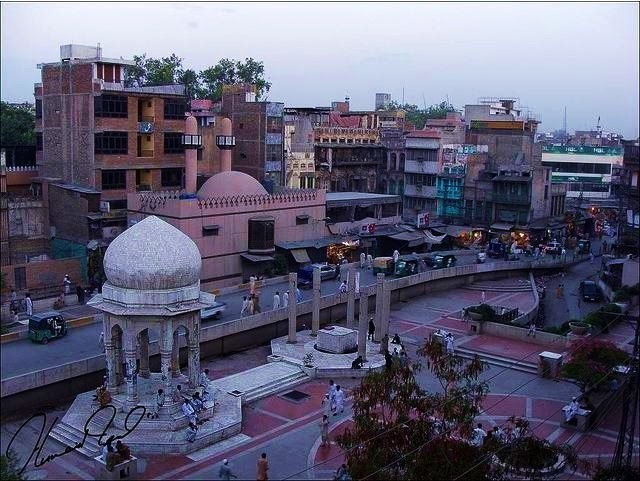
Heart of city (Chowk Yadgar)
The people of Peshawar are well known for being extremely hospitable and making others feel at home which makes you want to visit it again and again. It is famous for its “bara” markets and the huge variety of goods one finds at surprising prices one can’t even imagine otherwise. But one trait that is very significant that a shopper must have is the skill of “bargaining”.

Qissa Khawani Bazar
Attractions in Peshawer.
Bala Hisar Fort

Fort name is standing for “raised or great fort” represents the most significant locates of Peshawar, Pakistan. It’s name was suggested by Timor Shah Durani an Afghani King. The fort was first built by Babur after conquering Peshawar in 1526. The Fort represented the central office for the Frontier corporations since 1949. At that place there’s a little museum presenting majestic scenes of city from its walls. Museum has many elbow rooms on a corridor. Each of them possesses personal composition, a few embodying full generals of West Pakistan, retrieved arms, Frontier corporations apparels”, and many more.
Peshawar Museum

The Peshawar Museum is among the popular museums in south East Asia particularly for its Buddhist monuments of Gandhara Era. It was grounded in the memory of Queen Victoria in 1906-07. After accomplishment of the building, the museum was set up in November 1907 to reserve the Gandharan Sculptures excavated from the major Gandharan areas of Shah-Ji-Ki-Dheri Peshawar, Takht-i-Bahi, Sahri Bahlol, in District, Mardan and later on by Jamal Garhi and additional Gandharan places hollowed by the British learners. The core collection of Peshawar Museum includes Gandharan statues, Coins, Documents and copies of the Holy Quran, Impressions, Arms, Costumes, Jewelry, Kalash Models, Mughal era and later period Paintings, House hold stuffs, native and Persian handiworks.
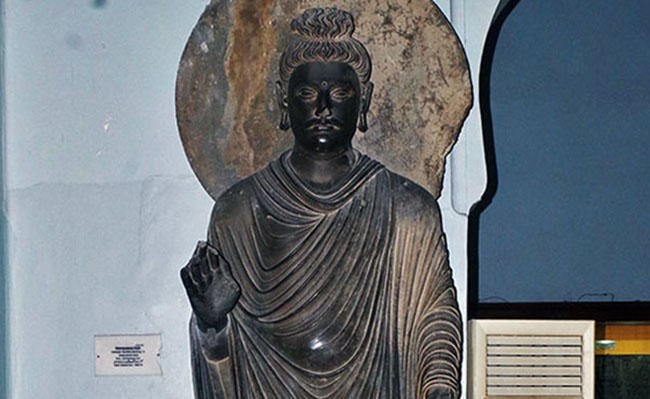
A uniquely large budha more than 2000 years old, that has also been displayed at an exhibition in Switzerland, glares the precious collection.
The Cunningham clock tower
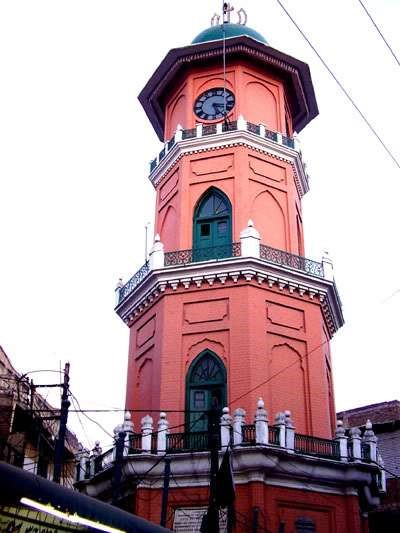
It’s another place in Peshawar which should must be visited. The clock in this tower is one among the pair (second one in England) presented by Queen Elizabeth UK. It’s a masterpiece the culture of civilizations of that era. This tower was established in the celebration of Golden Jubilee of India in 1900 A.D. It’s named after George Cunningham .Cunning hum was a political agent appointed in North Waziristan but later he was promoted to the Governor of NWPF.
Sethi Houses

Sethi houses are situated in the Mohallah sethiyan. The Mohallah Sethian, the Commune of Sethis, named after the Sethis, had been famous for its titleholders and their love of architecture representing the most productive dealers, their kafilahs reaching the farthermost areas of Central Asia and on the far side of czarist Russia, they’d take back valuable physical objects from
Those far off lands. The Sethi Houses thus became the soul Peshawar’s residential architecture. These houses are unique masterpiece, an art of Ghandara Civilization and South Asia.
Mohabat Khan Mosque

Mohabbat khan Mosque was made in the era of Mughal Emperor in 1670 A.D. It’s named after Mohabbat khan, the Governor of Peshawa valley, who funded its construction. Masjid Mahabat Khan, is the merely structure that stands nowadays during a slim ally of the “Andar Shehar Bazaar” of the recent town, that reminds of the glory the Mughal kingdom and also their love for construction, Specially the mosques.
Khalid Bin Waleed Bagh

At the center of the Saddar is the Khalid Bin Waleed or Company Bagh. An Ancient garden arrayed in the classic Mughal expressive style, it has a lot of big trees and are notable because it has rose bushes. It is large old trees and gorgeous big roses are a sigh to remember.
Islamia College

The prestigious Islamia College, founded in 1913, is well worth a look for its grand Victorian façade and clocktower, which features on the country's Rs1000 note.











 Qissa Khawani Bazar
Qissa Khawani Bazar